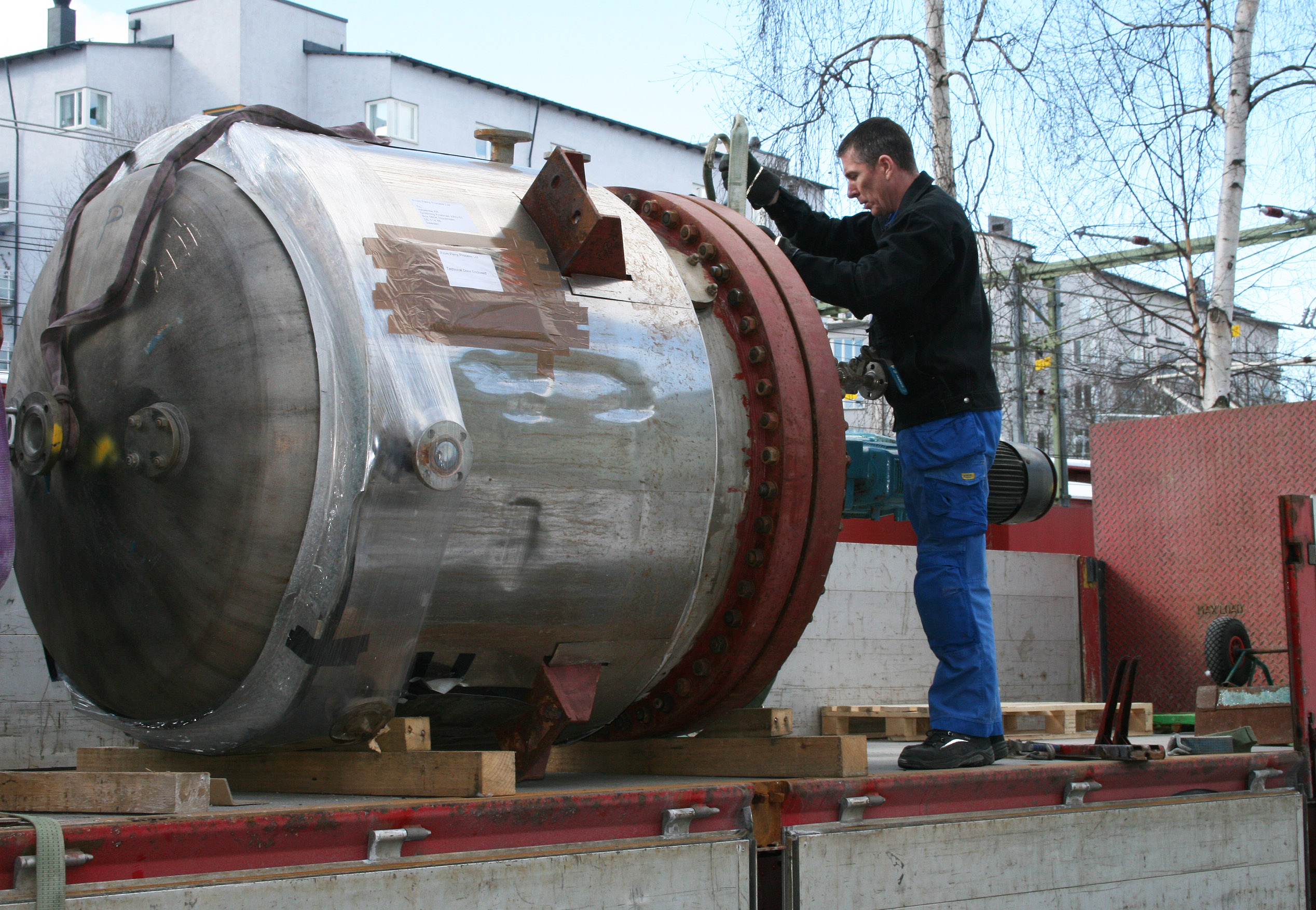World's First Nanocellulose Pilot Unit to Be Built In Sweden
 Print this article | Send to Colleague Print this article | Send to Colleague
The world's first pilot plant making it possible to work with nanocellulose on a large scale basis is currently under construction in Stockholm, Sweden. Research company Innventia, based in Stockholm, reports to be using a highly energy efficient production process for the new super material.
 Extracted from wood fibers, nanocellulose (photo on right) has very high strength properties, but unlike other light-weight, high strength materials based on fossil fuels, nanocellulose is completely renewable, Innventia points out. "For a long time, there's been a great deal of interest from industry in utilizing nanocellulose as a strengthening component in other materials, such as paper, composites, and plastics," says Mikael Ankerfors, a research manager at Innventia. "We can also create new, more effective, environmentally compatible and renewable barrier films for packages used for foodstuffs." Extracted from wood fibers, nanocellulose (photo on right) has very high strength properties, but unlike other light-weight, high strength materials based on fossil fuels, nanocellulose is completely renewable, Innventia points out. "For a long time, there's been a great deal of interest from industry in utilizing nanocellulose as a strengthening component in other materials, such as paper, composites, and plastics," says Mikael Ankerfors, a research manager at Innventia. "We can also create new, more effective, environmentally compatible and renewable barrier films for packages used for foodstuffs."
Nanocellulose will have many areas of use in the future, Innventia notes. For example, it can be used to make membranes and other reserve parts for the human body. It also can be used as a provider of viscosity in foodstuffs; i.e., to replace carbohydrates and other additives in low calorie food products. "Nanocellulose will be something revolutionary for the foodstuff industry," Ankersfors says.
With the new pilot plant, nanocellulose will be produced on a large scale for the first time, using an economically efficient process that reduces overall energy consumption by a total of 98%, Innventia explains, adding that the homogenizing stage in the process previously was much too demanding energy-wise. For comparison, Ankersfors emphasizes that the relative energy savings with its new process is equivalent to saving 29,000 KWH per metric ton. "Consider that the heating of a normal sized house takes approximately 18,000 KWH per year. For a full-sized mill that furnishes a paper machine with nanocellulose, this means a savings in energy that would be equivalent to 8,000 houses a year."

|
|

